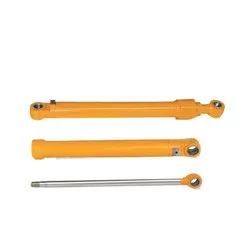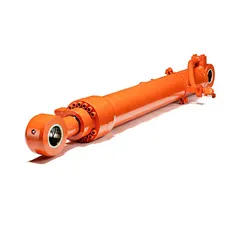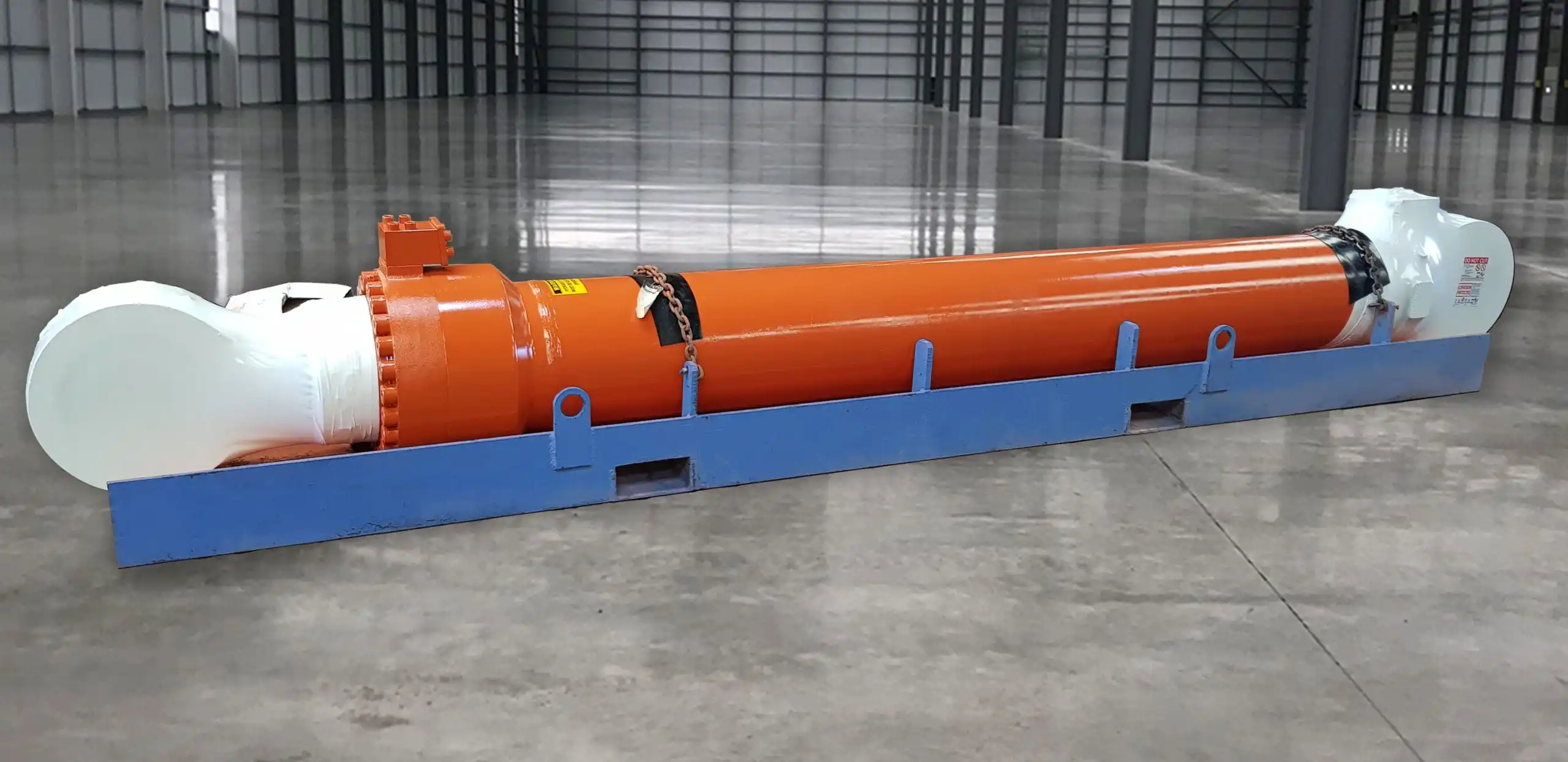Product Description
Product Parameters
QTD 125 jib tower crane operating mechanism, luffing mechanism, slewing mechanism and metal structure. The QTD 125 jib tower crane is the basic working mechanism of the crane, which is mostly composed of the suspension system and winch, and some lift heavy objects through the hydraulic system. The operating mechanism is used to move heavy objects longitudinally and horizontally or adjust the working position of the crane. It is generally composed of motor, reducer, brake and wheel. The luffing mechanism is only equipped on the jib crane. The QTD 125 jib tower crane when the jib is raised and increases when it is lowered. It is divided into balanced luffing and unbalanced luffing. The slewing mechanism is used to rotate the boom and is composed of a driving device and a slewing bearing device. The metal structure is the framework of the crane. The main bearing parts such as bridge, boom and gantry can be box structure or truss
Mechanisms
| Names | Models | Operating speed(m/min) | weight(t) | Rope Capacity(m) | Motor | |
| Hoisting | 45LVF25 | A=2 | 0~45 | 5 | 500m >500m ★ Frequency Control | 45KW |
| 0~90 | 2.5 | |||||
| α=4 | 0~22.5 | 5 | ||||
| 0~45 | 10 | |||||
| Luffing | 45DFV40 | <3min | Frequency Control | 45KW | ||
| Slewing | 2RCV5 | 0-0.6r/min | Torque | 2×5.5KW | ||
| Traveling | RT324 | 12.5/25 | 2x(2.6/5.2)KW | |||
| Power | 380V 50HZ/440V 60HZ | |||||
★To be supplied as per client’s specific require
Product Description
Our Advantages
Company Profile
Certifications
Packaging & Shipping
FAQ
Q1: How many countries have you exported your products to?
A1:Our tower cranes had exported to more than 20 countries, such as Korea, Vietnam, Philippines, Indonesia, India, Sri Lanka, Cambodia, Russia, Kazakhstan, Brazil, Algeria, Ukraine, Turkey etc.
Q2: How to confirm a suitable tower crane model?
A2: My dear friends, please tell us the below basic parameters to confirm tower crane model:
a. Building height or tower crane working height.
b. Max load capacity and tip load capacity.
c. Span or jib length
d. Other Special requirements
Q3: Can you install the tower crane or hoist for us
A3: Yes, we can send 1 engineer to your country for installing, but you should bear the cost.
Contact Us
| After-sales Service: | Online Service |
|---|---|
| Certification: | CE, ISO9001 |
| Condition: | New |
| Maximum Lifting Height: | <50m |
| Maximum Lifting Weight: | 10t |
| Installation: | Jack-Up |
| Customization: |
Available
|
|
|---|

What are the safety considerations when using machinery equipped with boom cylinders?
When using machinery equipped with boom cylinders, there are several important safety considerations to keep in mind. Here’s a detailed explanation:
- Operator Training: Proper operator training is essential to ensure safe operation of machinery equipped with boom cylinders. Operators should receive comprehensive training on the specific equipment they are using, including understanding the functions and controls of the boom cylinder, as well as the associated safety protocols and procedures.
- Load Capacity and Stability: It is crucial to understand the load capacity and stability limits of the machinery. Exceeding the recommended load capacity can put excessive stress on the boom cylinders, leading to potential failure or instability. Operators should always adhere to the manufacturer’s guidelines regarding load limits and avoid overloading the machinery.
- Inspections and Maintenance: Regular inspections and maintenance of the boom cylinders are necessary to ensure their safe operation. This includes checking for any signs of wear, leaks, or damage to the cylinders, as well as ensuring proper lubrication and functioning of all components. Any identified issues should be addressed promptly to prevent accidents or equipment failures.
- Proper Use of Safety Devices: Machinery equipped with boom cylinders may have safety devices such as limit switches, pressure relief valves, or overload protection systems. Operators should be familiar with these safety devices and use them correctly to prevent overextension, overpressure, or other hazardous situations.
- Proximity Hazards and Safety Zones: Operators and workers in the vicinity of machinery with boom cylinders should be aware of the potential hazards associated with the moving boom. Establishing safety zones and barriers can help prevent accidental contact with the boom, reducing the risk of injury.
- Hydraulic System Safety: Boom cylinders rely on hydraulic systems to function. It is important to follow proper hydraulic system safety protocols, such as using the correct hydraulic fluid, maintaining appropriate fluid levels, and inspecting hoses and fittings for leaks or damage. Any issues with the hydraulic system should be addressed promptly by qualified personnel.
- Emergency Stop Procedures: Operators should be familiar with emergency stop procedures and know how to quickly and safely shut down the machinery in case of an emergency or malfunction. Clear communication channels and emergency protocols should be established to ensure a rapid response in critical situations.
- Personal Protective Equipment (PPE): Operators and workers should wear appropriate personal protective equipment, such as hard hats, safety glasses, high-visibility clothing, and steel-toed boots, when working with machinery equipped with boom cylinders. PPE can help protect against potential hazards and mitigate the risk of injuries.
By considering these safety factors and implementing proper safety measures, the risks associated with operating machinery equipped with boom cylinders can be minimized. It is crucial to prioritize safety at all times and promote a culture of safety awareness among operators and workers involved in the operation of such machinery.

Can boom cylinders be used in truck-mounted equipment for payload handling?
Yes, boom cylinders can be used in truck-mounted equipment for payload handling. Here’s a detailed explanation:
Truck-mounted equipment, such as cranes, loaders, or material handling systems, often require boom cylinders to facilitate payload handling. These cylinders play a crucial role in lifting, moving, and controlling the payload. Here’s how boom cylinders are used in truck-mounted equipment for payload handling:
- Lifting and Lowering: Boom cylinders are responsible for lifting and lowering the payload. They generate the necessary force to elevate the payload from the ground or lower it to the desired location. The cylinders’ extension and retraction allow controlled vertical movement, enabling precise positioning and safe handling of the payload.
- Load Control: Boom cylinders play a vital role in load control during payload handling. They provide the force required to counterbalance the weight of the payload, ensuring stability and preventing sudden movements or tipping. By extending or retracting the cylinder, operators can adjust the boom’s angle and control the payload’s orientation and movement.
- Reach and Extension: Boom cylinders allow truck-mounted equipment to extend its reach for payload handling. Whether it’s a crane reaching out to lift objects or a loader extending its arm to load or unload materials, the cylinders enable controlled extension of the boom or arm. This increased reach enhances the versatility and efficiency of payload handling operations.
- Stabilization: Boom cylinders contribute to the stabilization of the payload during handling. They resist undesired movements, vibrations, or swinging, ensuring that the payload remains secure and stable. This stabilization capability minimizes the risk of accidents, damage to the payload, or harm to personnel involved in the handling process.
- Controlled Movement: Boom cylinders enable precise control over the movement of the payload. By regulating the extension or retraction speed, operators can adjust the lifting, lowering, or swinging speed according to the specific requirements of the task. This controlled movement enhances safety, accuracy, and overall efficiency in payload handling.
The use of boom cylinders in truck-mounted equipment for payload handling offers several benefits:
- Increased Versatility: Boom cylinders allow truck-mounted equipment to handle payloads at different heights, distances, and angles, providing versatility in various applications.
- Precise Load Control: The force generation and controlled movement provided by boom cylinders enable operators to handle payloads with precision, ensuring accurate placement and minimizing the risk of damage.
- Enhanced Safety: Boom cylinders contribute to load stabilization and controlled movement, reducing the risk of accidents, load shifts, or instability during payload handling.
- Improved Efficiency: The use of boom cylinders facilitates efficient and productive payload handling operations, reducing the time and effort required to complete tasks.
Overall, boom cylinders are essential components in truck-mounted equipment for payload handling. They enable lifting, lowering, load control, reach and extension, stabilization, and controlled movement of the payload. These features contribute to safe, precise, and efficient handling of payloads in various truck-mounted applications.
It’s important to follow the manufacturer’s guidelines and recommendations regarding the selection, installation, and maintenance of boom cylinders in truck-mounted equipment to ensure their proper functioning and optimal payload handling.

Can boom cylinders be used for both lifting and lowering applications?
Yes, boom cylinders can be used for both lifting and lowering applications. Here’s a detailed explanation:
Boom cylinders are hydraulic cylinders that are commonly used in heavy machinery to control the movement of booms, arms, or attachments. They are designed to generate linear force and provide the necessary power and control for lifting, lowering, extending, or retracting the boom.
When hydraulic fluid is supplied under pressure to one side of the boom cylinder, it exerts force on the piston, causing it to extend and lift the boom. This lifting action is utilized for various applications, such as raising loads, elevating platforms, or positioning attachments at higher levels.
Conversely, when hydraulic fluid is supplied under pressure to the other side of the boom cylinder, it exerts force on the opposite side of the piston, causing it to retract and lower the boom. This lowering action is employed when the boom needs to be brought down, gradually or rapidly, to lower loads, descend platforms, or adjust the position of attachments at lower levels.
The ability of boom cylinders to handle both lifting and lowering applications is crucial for their versatility and utility in various industries. It allows operators to have precise control over the movement of the boom, enabling them to perform a wide range of tasks with heavy machinery.
It’s important to note that the speed, force, and control of the lifting and lowering actions can be adjusted through the hydraulic control system, allowing operators to tailor the operation to the specific requirements of the task at hand.
In summary, boom cylinders are capable of handling both lifting and lowering applications. By supplying hydraulic fluid under pressure to different sides of the cylinder, operators can extend and lift the boom or retract and lower it, providing the necessary power and control for a wide range of operations in various industries.


editor by CX 2023-11-06